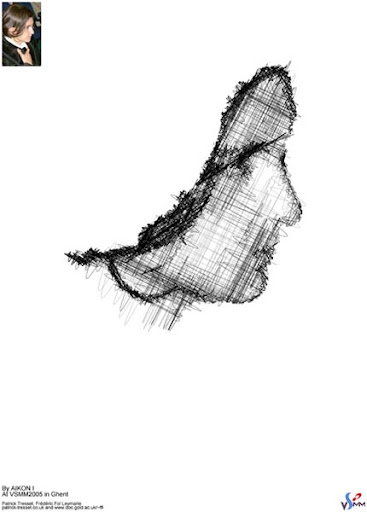New Mayavi release
A week ago, the Peter Wang released a new version of the Enthought Tool Suite (ETS). With it came a new version of Mayavi2.
Prabhu and I have been horribly busy we real life, and I had the bad feeling that we were not giving enough love to Mayavi. I …

